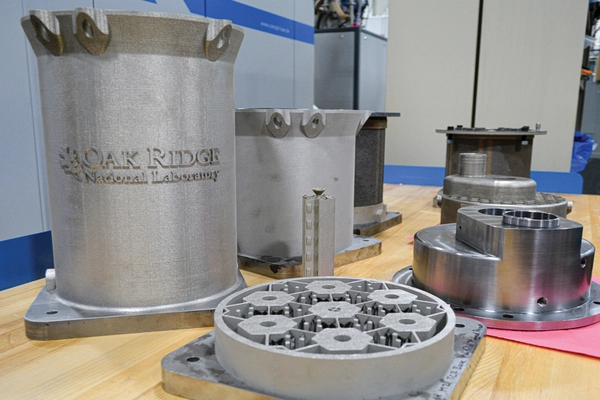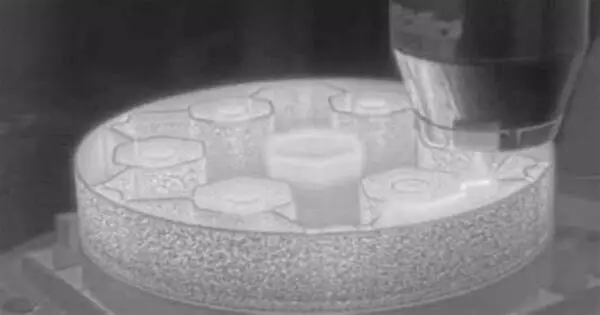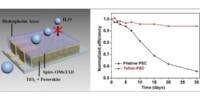3D printing, also known as additive manufacturing, is increasingly being used in a variety of industries, including energy. Its potential advantages include lower costs, greater design flexibility, and the capacity to generate complicated geometries. Researchers created unique ceramic structures for a solar reactor using a new 3D printing process. Initial experiments demonstrate that these structures can increase the yield of solar fuels.
Engineers at ETH Zurich have developed technologies to manufacture liquid fuels from sunshine and air in recent years. In 2019, they showed the whole thermochemical production chain under real-world conditions for the first time, on the roof of the ETH Machine Laboratory in Zurich. These synthetic solar fuels are carbon neutral since they emit only the amount of CO2 that was extracted from the air during their manufacture. Climeworks and Synhelion, two ETH spin-offs, are further developing and commercializing the technologies.
A solar reactor, exposed to concentrated sunlight provided by a parabolic mirror and reaching temperatures of up to 1500 degrees Celsius, lies at the heart of the manufacturing process. A thermochemical cycle for dividing water and CO2 obtained previously from the air takes place inside this reactor, which has a porous ceramic framework built of cerium oxide. The product is syngas, which is a mixture of hydrogen and carbon monoxide that may be converted into liquid hydrocarbon fuels like kerosene (jet fuel) for use in aviation.
This technology has the potential to boost the solar reactor’s energy efficiency and thus to significantly improve the economic viability of sustainable aviation fuels.
André Studart
Structures with isotropic porosity have previously been used, but they have the disadvantage of exponentially attenuating incident solar radiation as it passes into the reactor. As a result, the inner temperatures drop, limiting the solar reactor’s fuel production.
Researchers from André Studart’s (ETH Professor of Complex Materials) and Aldo Steinfeld’s (ETH Professor of Renewable Energy Carriers) groups have developed a novel 3D printing methodology that allows them to create porous ceramic structures with complex pore geometries to transport solar radiation more efficiently into the reactor’s interior. The Swiss Federal Office of Energy is funding the research effort.

Hierarchically ordered designs with channels and pores that are open at the surface exposed to the sunlight and become narrower towards the rear of the reactor have proven to be particularly efficient. This arrangement enables to absorption of the incident concentrated solar radiation over the entire volume. This in turn ensures that the whole porous structure reaches the reaction temperature of 1500°C, boosting the fuel generation. These ceramic structures were manufactured using an extrusion-based 3D printing process and a new type of ink with optimal characteristics developed specifically for this purpose, namely: low viscosity and a high concentration of ceria particles to maximise the amount of redox active material.
Successful initial testing
The researchers looked into the complicated interaction between radiant heat transport and thermochemical reactions. When subjected to the same intense solar radiation of intensity comparable to 1000 suns, they were able to demonstrate that their novel hierarchical structures can produce twice as much fuel as the uniform structures.
The technology for 3D printing ceramic structures is already patented, and Synhelion has obtained a license from ETH Zurich. “This technology has the potential to boost the solar reactor’s energy efficiency and thus to significantly improve the economic viability of sustainable aviation fuels,” according to Steinfeld.
















